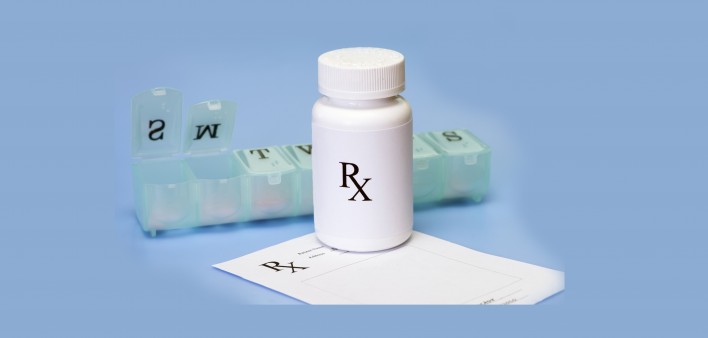Gilead Sciences’ investigational combination-tablet regimen based on the new integrase strand transfer inhibitor bictegravir suppressed HIV as well as antiretroviral (ARV) regimens based on boosted protease inhibitors in an advanced trial.
The tablet contains bictegravir and the contents of Descovy (emtricitabine/tenofovir alafenamide) and is known by the shorthand BIC/FTC/TAF while it awaits an official brand name pending Food and Drug Administration (FDA) approval.
In July, researchers presented promising findings from four preclinical or Phase I studies about BIC/FTC/TAF at the 9th International AIDS Society Conference on HIV Science in Paris (IAS 2017). These studies found that bictegravir has a superior ability to prevent the emergence of drug resistance compared with approved integrase inhibitors.
That same month, Gilead filed for approval of the bictegravir-containing combination tablet regimen from the FDA. A decision is expected by February 12.
Findings from a Phase III study (known as Study 1878) of BIC/FTC/TAF were presented at the IDWeek 2017 conference in San Diego. The study enrolled 577 people who had a fully suppressed viral load and were taking Norvir (ritonavir)-boosted Reyataz (atazanavir) or Norvir-boosted Prezista (darunavir) plus Epzicom (abacavir/lamivudine) or Truvada (tenofovir disoproxil fumarate/emtricitabine).
Reyataz and Prezista are both protease inhibitors. The ARVs included in Descovy, Epzicom and Truvada are all nucleoside/nucleotide reverse transcriptase inhibitors (NRTIs). So in other words, all the regimens in the study included two NRTIs; the main difference between the two study arms was whether participants also received an integrase inhibitor or a boosted protease inhibitor.
The participants were randomized evenly to stay on their current ARV regimen or switch to BIC/FTC/TAF on an open-label basis, meaning that they knew what medications they received.
After 48 weeks of treatment, BIC/FTC/TAF proved noninferior (as effective as) to the boosted protease inhibitor regimens according to the viral suppression rates seen in the two treatment arms. At this point, 1.7 percent of the participants in each arm had a viral load of 50 or greater (a detectable viral load). A total of 92.1 percent of those in the BIC/FTC/TAF arm and 88.9 percent of those in the boosted protease inhibitor arm had an undetectable viral load at the 48-week mark.
No one who received the bictegravir-based tablet developed drug resistance, while one participant who was taking boosted Prezista plus Epzicom developed an NRTI-related viral mutation that confers resistance to abacavir, one of the two ARVs in Epzicom.
No one who received BIC/FTC/TAF developed a kidney-related adverse health event. Four percent (13) of the participants who received this regimen developed grade 3 or 4 adverse health events, compared with 6 percent (18) of those in the boosted protease inhibitor arm. A respective 16 percent (45) and 29 percent (83) of the participants in each arm developed grade 3 or 4 abnormal results on lab tests.
The most commonly reported adverse health events in both study arms were headache, diarrhea, symptoms of the common cold and upper respiratory tract infection.
To read a press release about the study, click here.







Comments
Comments